‘Narrative victory’: Pakistan military’s media strategy wins global praise
Kamran Khan says Pakistan triumphed not just militarily but also in the global battle for narrative supremacy
News Desk
The News Desk provides timely and factual coverage of national and international events, with an emphasis on accuracy and clarity.
Kamran Khan says the global verdict is clear: Pakistan not only won the military battle during its recent four-day conflict with India but also decisively defeated its neighbor in the information war.
In his latest vlog, Khan reflected on how “truth was the first casualty” in the brief but intense episode — yet it ultimately prevailed, thanks in large part to what he called the commanding media strategy led by the Pakistani military’s top spokesperson, Lt. Gen. Ahmed Sharif Chaudhry.
“This was not just a war of missiles and drones,” Khan said. “It was a war of narratives, and in this front too, Pakistan emerged victorious.”
Khan noted that the conflict unfolded not just on the battlefield, but also across global newsrooms and social media platforms. In his view, India launched an aggressive, chaotic propaganda campaign through its mainstream media, while Pakistan countered with timely, evidence-based communication — a contrast that won over international audiences.
DG ISPR leads Pakistan’s media front
Lt. Gen. Chaudhry, the director general of Inter-Services Public Relations (DG ISPR), was at the forefront of Pakistan’s messaging. According to Khan, the spokesperson’s round-the-clock briefings, backed by audio and visual evidence, helped debunk Indian claims in real time.
“His calm and authoritative tone, especially during the announcement of Operation Bunyanum Marsoos, projected Pakistan’s strength and clarity,” Khan said.
From co-hosting press conferences with Foreign Minister Ishaq Dar to detailing strike outcomes alongside top air and naval commanders, the DG ISPR took an unusually visible role. His updates covered Indian military losses, including downed aircraft and destroyed installations.
Global media turns on India’s narrative
While Pakistan maintained a steady stream of verifiable information, Indian media outlets were widely mocked for spreading falsehoods. Khan cited international reports criticizing the Indian press for what the New York Times described as “amplifying falsehoods in the drumbeat of war.”
Indian outlets, he said, made outrageous and unsubstantiated claims — including attacks on Pakistan’s nuclear bases and destruction of Karachi Port — that later turned out to be fabrications.
One such case forced a public apology from veteran Indian journalist Rajdeep Sardesai, after he echoed false claims about Pakistani losses that were never independently verified.
‘Hyper-nationalism’ backfires
British weekly The Economist published a scathing analysis of the Indian media’s conduct, saying it “descended into madness.” According to Khan, the outlet likened Indian anchors’ behavior to hysteria and said their level of hyper-nationalism made even social media seem reasonable by comparison.
“It was not just bad journalism,” Khan added. “It was a national embarrassment.”
Citing commentary from Indian intellectuals and media critics, Khan noted that even domestic observers questioned how the Indian media had fueled unrealistic public expectations — which later turned into disillusionment when U.S. President Donald Trump brokered a surprise ceasefire.
“That disillusionment quickly turned into public anger,” Khan said. “And now, the Indian public is venting that anger on the very media that misled them.”
International press backs Pakistan’s approach
By contrast, Pakistan’s information strategy received international acclaim. Chaudhry’s interviews with outlets like BBC, TRT World, Sky News, Al Jazeera, and China’s CGTN allowed Pakistan’s perspective to be heard widely.
Khan said the DG ISPR’s remarks emphasized Pakistan’s restrained posture and its desire to avoid escalation — while still underlining the country’s readiness and resolve.
“The world saw a professional, composed face of Pakistan,” Khan said.
In an interview with Al Jazeera, Chaudhry also praised the Pakistan Air Force’s performance during the operation, predicting that the conflict would be studied for years to come in global military training circles.
Indian officials stumble under pressure
Meanwhile, Indian defense spokespersons — including Col. Sophia Qureshi and Wing Cmdr. Vyomika Singh — struggled to satisfy even domestic media. In one notable moment, Indian Air Vice Marshal Udesh Kumar Bharti, when asked about a downed Rafale jet, responded: “We are at war, and losses happen.”
Khan argued that such remarks reflected India’s inability to manage the media dimension of modern warfare.
“Pakistan exposed India’s falsehoods — from the fabricated Pahalgam incident to the fake stories about battlefield success,” he said. “And the global media took note.”
Information warfare becomes a strategic front
The conflict underscored the growing importance of narrative warfare as a component of national defense. Khan said that while India largely boycotted international press during the conflict, Pakistan seized the opportunity to control the messaging.
Social media, too, played a critical role, with video clips of Pakistani military briefings going viral. According to Khan, these clips helped rally domestic support and shape international perceptions.
“Pakistan’s communication strategy was not just defensive,” he said. “It was proactive, effective, and rooted in truth.”
A new benchmark for military communications
Khan concluded his vlog by echoing a quote from The Economist: “Many parts of India were spared from Pakistan’s bombs, but not from the lies of their own media.”
For Khan, that quote sums up the broader lesson of the conflict.
“Lt. Gen. Ahmed Sharif Chaudhry not only dismantled India’s propaganda machine,” he said, “he also strengthened the bond between the Pakistani military and the public.”


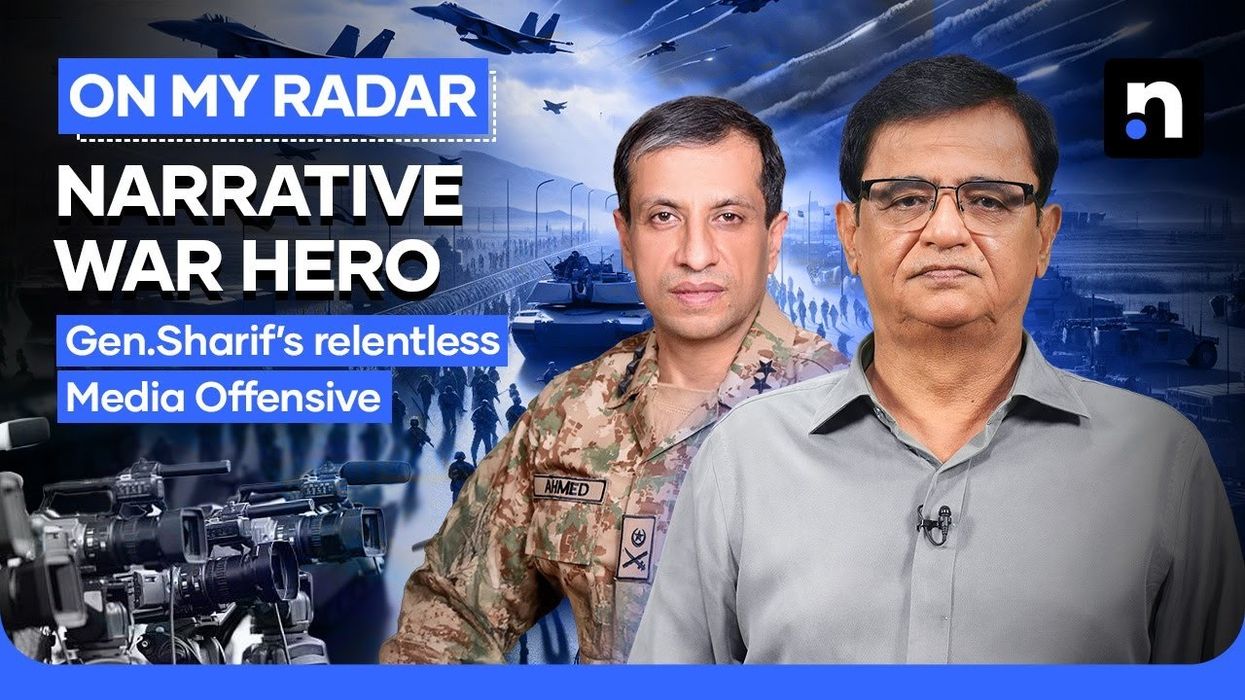
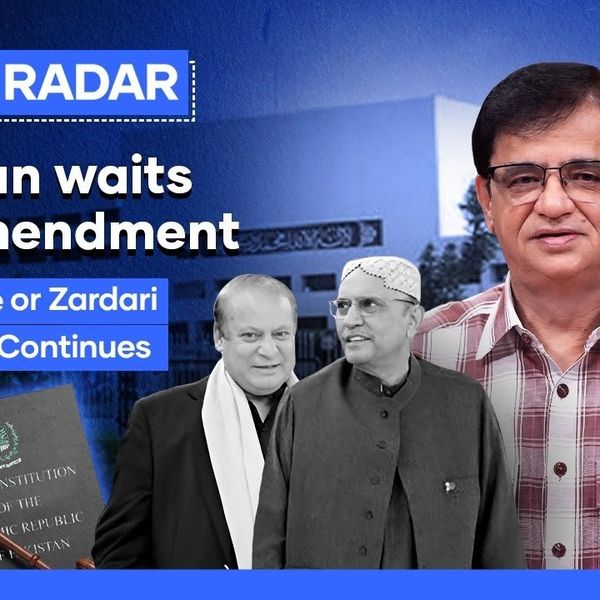
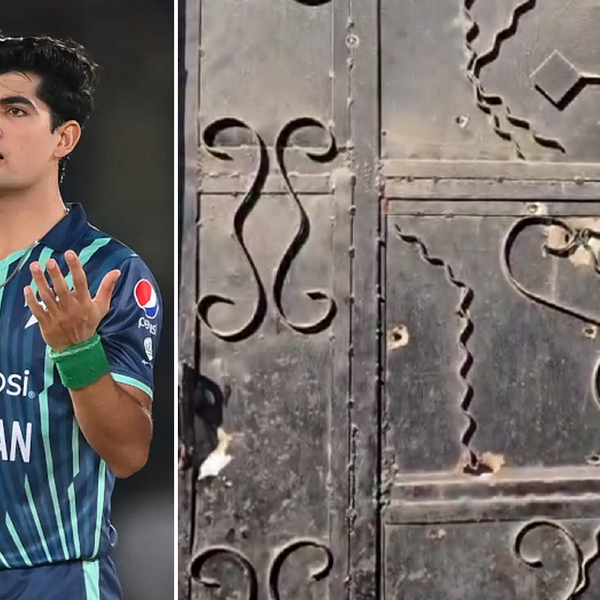
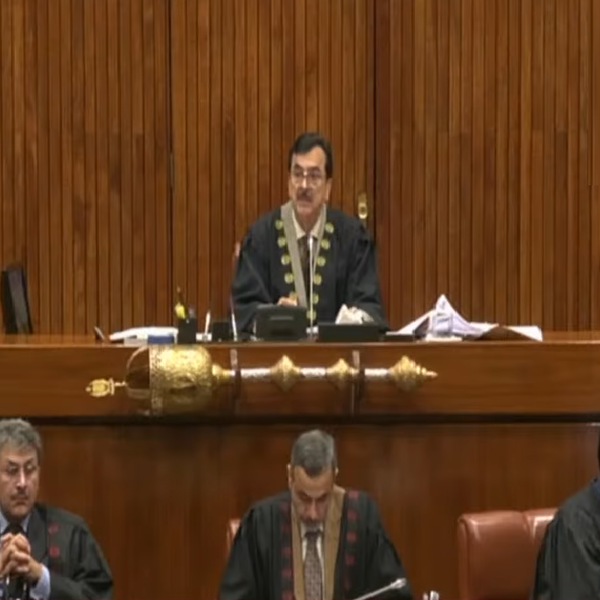

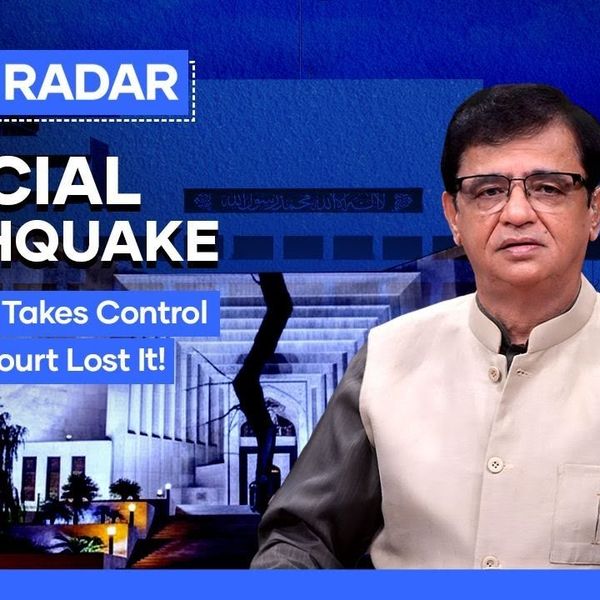



Comments
See what people are discussing